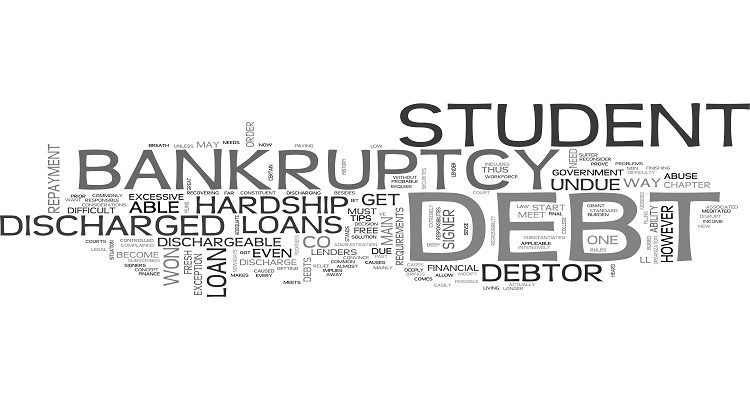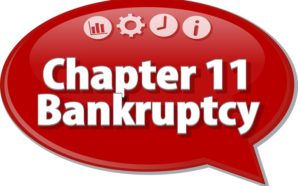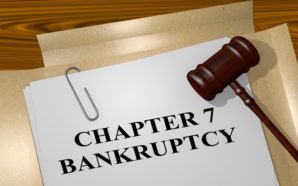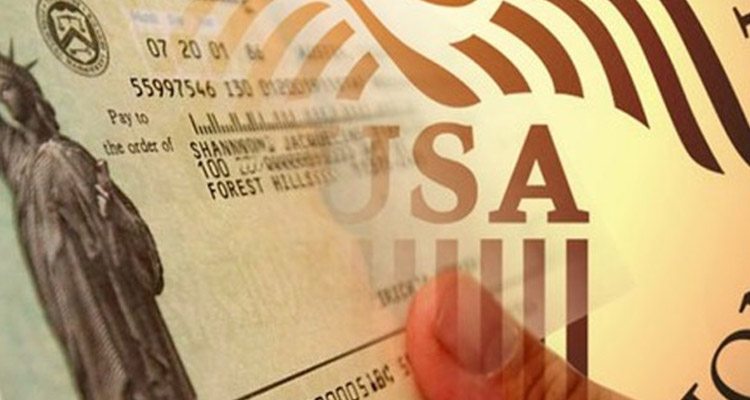The Most Common Types of Bankruptcies are Chapter 7 and Chapter 13

Bankruptcy is a legal term to describe a state where a debtor cannot repay his or her debts to creditors and requires outside intervention. In the US, bankruptcy is governed by Federal Law. Bankruptcy laws are charted out in Title 11 of the US Code; Title 11 is referred to as the US Bankruptcy Code. Under the Code, there are several different types of bankruptcies that individuals as well as organizations can petition for.

Types of Bankruptcies
Each of the types of bankruptcies are referred to by the number of the chapter in the US Bankruptcy Code under which they are described.
Here is a list of all the types of bankruptcies in the US:
Chapter 7 Bankruptcy
This is the most common type of bankruptcy proceeding in the United States. It is also called “straight” or “liquidation” bankruptcy. As the name suggests, this type of bankruptcy is about liquidation of assets to pay off your debts. You are allowed to keep those assets that are necessary for survival and a “fresh start”. These are called Bankruptcy Exemptions.
Chapter 9 Bankruptcy
This type of bankruptcy proceeding was introduced on in 2005 and is a very rarely used from of bankruptcy. These types of bankruptcies apply to municipalities that are in debt and require protection from creditors and help in negotiating a plan to repay their debts. Municipalities include towns, cities, municipality utilities and tax and school districts.
Chapter 11 Bankruptcy
Chapter 11 bankruptcy is also known as “reorganization” bankruptcy and is meant to help businesses re-organize their affairs, debts and assets so that they can settle their debts. Chapter 11 is the most complex of all types of bankruptcies as well as being the most expensive.
Chapter 12 Bankruptcy
Like Chapter 9, Chapter 12 was introduced in 2005. It is also very rarely used. Chapter 12 is designed to help “family” farmers and fishermen that have a regular annual income (this income can be seasonal, as long as it is enough for the farmers/fishermen to repay some of their debt).
Chapter 13 Bankruptcy
Chapter 13 is also called a wage earner’s plan. Under the provisions of this proceeding, a debtor with a regular income is allowed to develop a 3 to 5 year plan to pay off all or most of his or her debts. This type of bankruptcy filing allows debtors to keep their assets while they pay off their debts.
Chapter 15 Bankruptcy
Chapter 15 was also added to the Bankruptcy code in 2005. This bankruptcy type is based on the Model Law on Cross-Border Insolvency set up by the UN Commission on International Trade Law. It provides a mechanism to deal with bankruptcy cases which involve debtors, creditors, assets and other factors from foreign countries. This again is not a very commonly known type of bankruptcy.
If you are not sure which type of bankruptcy to file under, it is strongly recommended that you consult with a bankruptcy attorney to help you with your case.











